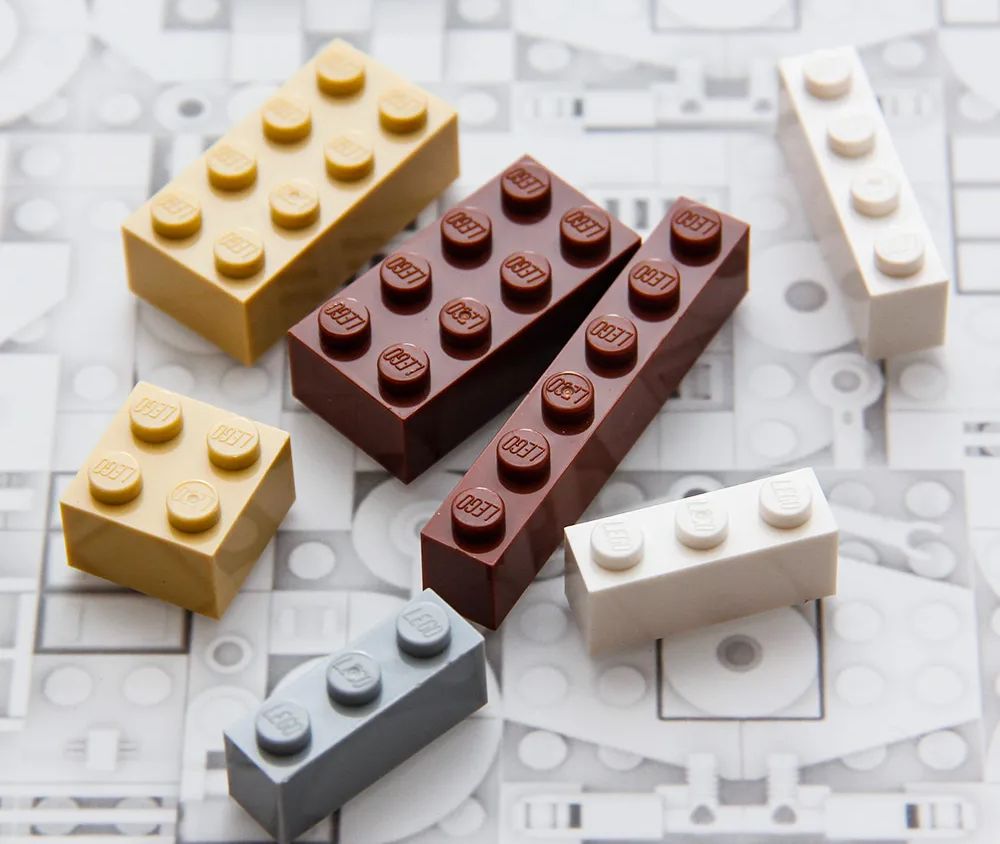Real and fake lego bricks are now increasingly difficult to tell apart

When buying LEGO bricks, it used to be so easy to tell if the bricks you bought were real or fake.
All you had to do was look at the build quality of the brick and compare it to existing bricks you already have.
But as shown by a Chinese article written by LEGO fan media ambassador Mocozone, it is becoming increasingly difficult to tell real and fake LEGO bricks apart.
In an article posted on their Weibo channel (via Weixin), Mocozone explained the various small differences he noted from real LEGO bricks and bricks that were confirmed by LEGO to be fake.

Mocozone noted that when the same kind of fake LEGO bricks are stacked together, users might sometimes be able to notice an inconsistency in height across the bricks.
As compared to real LEGO bricks where blocks of the same kind will be of one consistent height throughout.
Real and fake parts might also be different in height from one another. However, Mocozone also noted that “this is not a feature that all fake parts have.”

Mocozone also noted that, unlike what some LEGO players might think, the glossiness of a LEGO brick is not a good indicator of whether it is real or fake.
“The difference between genuine and fake parts is really not big” wrote Mocozone, though it did note that the internal gloss of the two parts are often more easily distinguishable, with the internal gloss of the real LEGO parts looking better.
For those curious on whether build quality and ‘feel’ of the bricks will be enough to tell them apart, Mocozone shares that fake bricks can feel almost identical to real LEGO bricks, with one unable to “tell the difference by hand feeling”.
As such, it is important to pay attention when purchasing LEGO parts, especially if the bricks are priced particularly low.

This article was first published in Geek Culture.